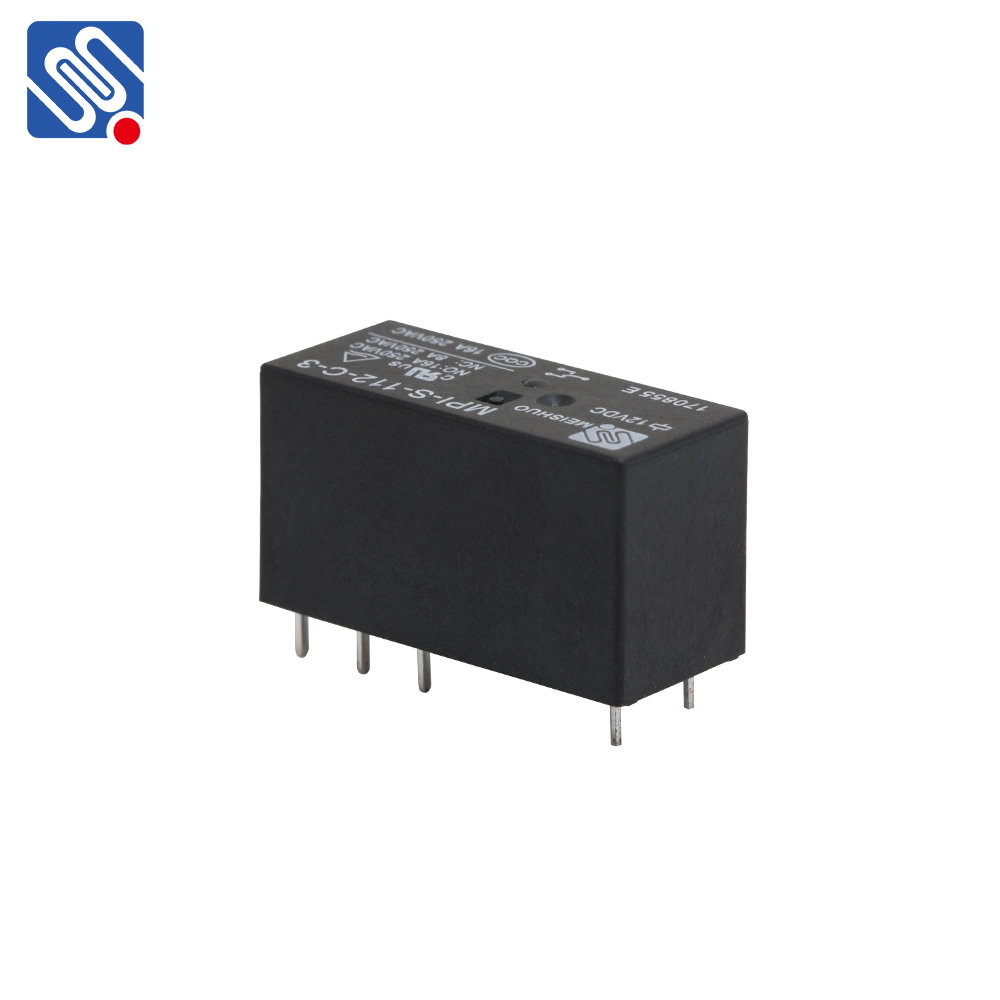Relay control systems play a crucial role in the field of automation, providing efficient, safe, and cost-effective solutions for controlling electrical circuits and devices. A relay is an electrically operated switch that uses an electromagnet to open or close circuits. This article explores the concept, functionality, applications, and advantages of relay control systems, emphasizing their significance in modern automation.

What is a Relay Control System? A relay control system is a circuit designed to use relays to control other electrical devices, especially in environments requiring isolation between the controlling circuit and the controlled circuit. It consists of input devices, the relay itself, and output devices. The input devices send signals to activate the relay, which, in turn, controls the operation of various output devices like motors, lights, and other machinery. The relay operates as a switch, which can either be normally open (NO) or normally closed (NC). When the control signal is activated, the relay either opens or closes the contact, thus turning the connected output device on or off. The beauty of relay control systems lies in their ability to control high-power circuits using low-power control signals.